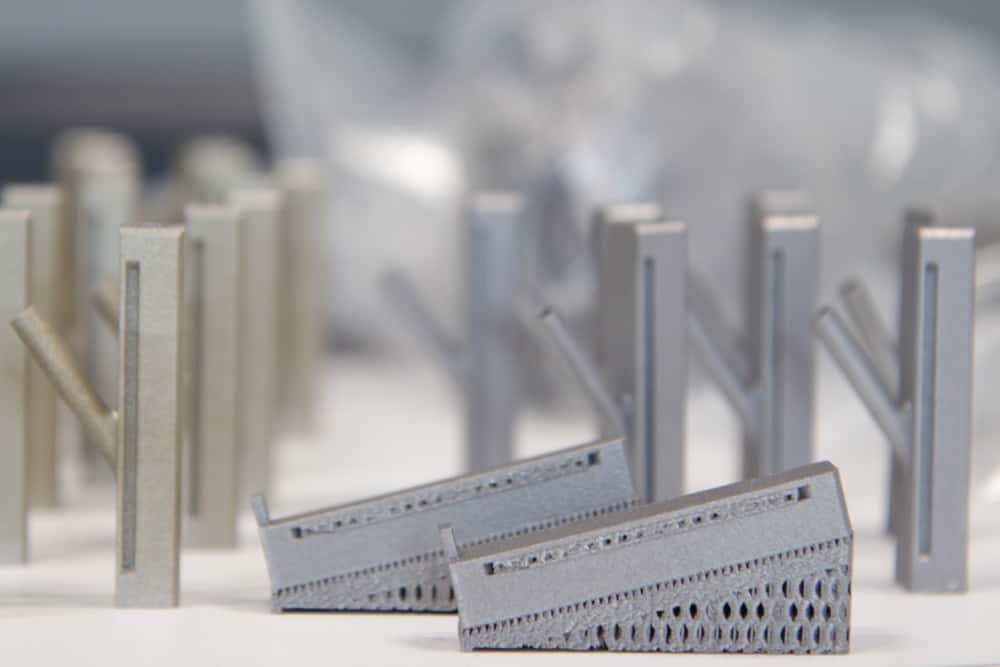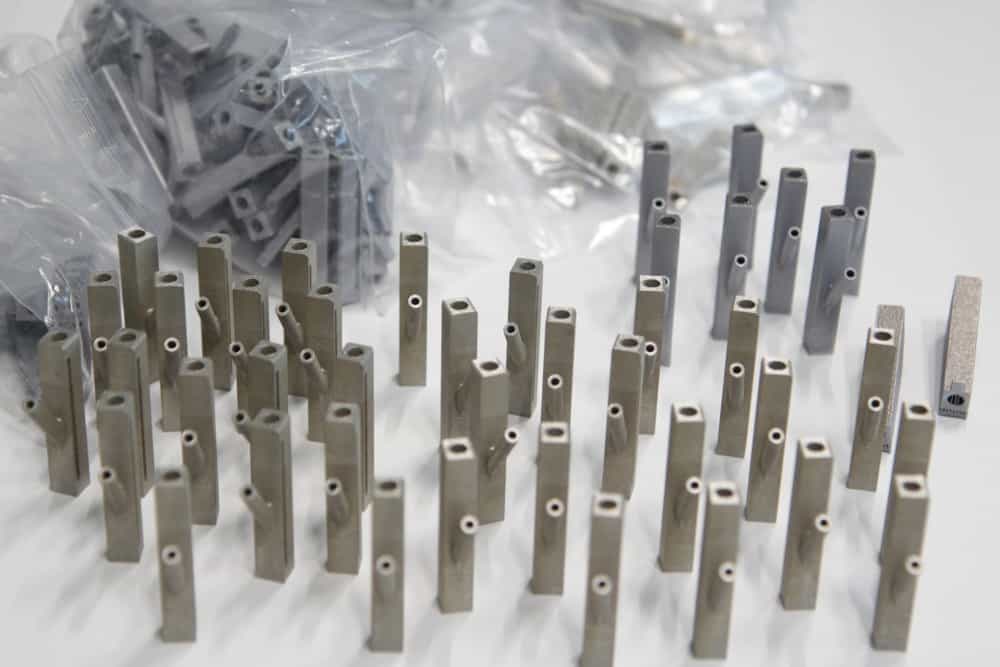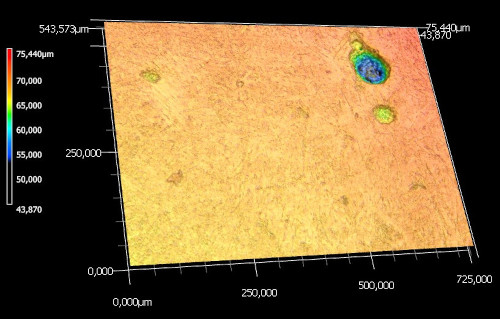Study description
The surface processing of metal AM parts is a critical step in order to meet the requirements of an application. Standard surface finish today is performed via blasting or grinding. However, such processes are labor-intensive and rely on the operators skill and experience. A future focus in the field of Additive Manufacturing will be on (semi-)automatic surface finish.
AMPOWER performed a detailed study on surface finish processes of metal AM parts. The study included research on surface finishing technology and principles, their advantages, use cases and details on the cost structure. In total, 10 different processes that allow (semi-)automatic surface finishing were tested empirically using LB-PBF specimens and 4 different alloys: AlSi10Mg, Ti-6Al-4V, 316L and nickel-based 718.
The surface finish study included new and upcoming processes. Thus, the study provides a deep dive into processes such as Hirtisation from HIRTENBERGER, Dry Electropolishing by DLYTE or Isotropic Super Finishing by REM SURFACE ENGINEERING.
The empirical study included more than 100 samples and several hundred measurements. The effect of the surface finish technology on different features and the surface roughness was studied. These features were for example holes, channels, edges, undercuts. Additionally, the study considered processes for automatic removal of support structures to analyze their performance.
Study Table of Contents
1. Introduction to the study
- Company information
- Aim of the study
- Basics on surfaces
2. Surface processing methods
- Classification and overview of studied processing methods
- Overview of studied processing methods
- Principles and key facts of 10 studied processes
3. Measurement Results
- Sample production incl. lessons learnt
- Measurement methodology/equipment
- Measurement results
- Measurement results in process state
4. Summary and evaluation
- Processing of features and assessment of resulting surface characteristic
- Cost analysis




